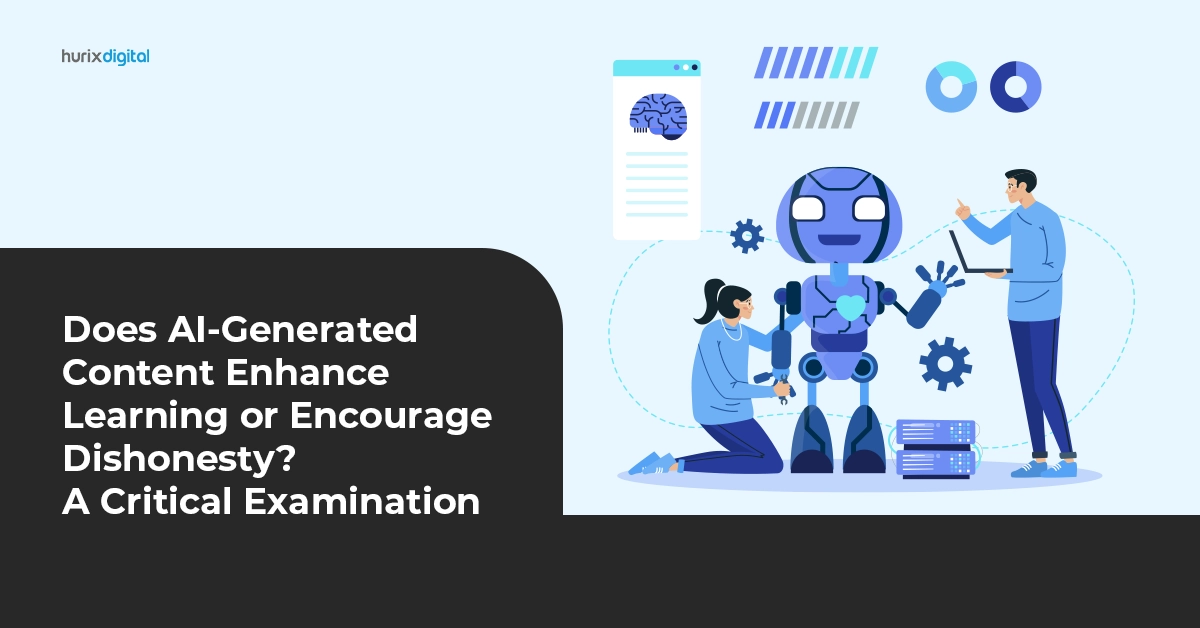
Teaming Up for Tomorrow: Strategies for Successful Collaborations in Higher Education
Summary
Learn strategies for successful collaborations in higher education. This blog provides insights into building effective partnerships to drive innovation and achieve educational goals.
Educational institutions cultivate future leaders and innovators. However, to fully realize their potential as creative wellsprings, partnership with businesses is critical in today’s shifting educational context. This collaboration between higher education and industry is an effective accelerator for innovation, skill development, and societal growth.
Companies that collaborate with universities gain access to cutting-edge research, new technologies, and a pool of qualified candidates. This exchange enables businesses to remain at the cutting edge of their professions while potentially securing future hires with significant industry-specific knowledge.
Table of Contents:
- The Benefits of Collaboration in Education
- Strategies for Effective Industry-Academia Partnerships
- What Does the Future Hold?
- The Bottom Line
The Benefits of Collaboration in Education
Higher education institutions gain from this collaboration in several ways. They can broaden the scope of their study, improve their students’ practical abilities through real-world problem-solving, and secure money to support their academic goals.
This enrichment extends to students, who acquire significant experience with industry difficulties and rewards, preparing them for successful careers. Adaptation in education, supported by industry collaboration, enables institutions to develop and implement courses that are more relevant to the ever-changing needs of the workforce.
1. Cultivating Industry-Ready Graduates Through Experiential Learning
Business partnerships offer students possibilities for internships, cooperative placements, and real-world projects. These valuable experiences take students beyond academic knowledge and immerse them in real-world job circumstances. They are exposed to the complexities of industrial procedures, develop critical industry-specific skills, and improve their competencies in a practical setting.
Educational diversity, promoted through industrial partnerships, has the potential to enhance these experiential learning opportunities. Collaboration with varied firms allows institutions to expose students to a wide range of work situations and industry views. The experience broadens their understanding of the professional landscape and assists them in developing a well-rounded skill set that can be employed in a variety of industry settings.
2. Aligning Skills With Industry Needs for Enhanced Employability
Another significant benefit of the partnership between higher education institutions and enterprises is its potential to close the knowledge gap between academia and the practical world.
Working closely with industry partners, universities, and colleges may ensure that their courses are up to date and directly meet the workforce’s increasing demands. This strategic alignment guarantees that graduates have a valuable set of skills and knowledge that are directly relevant to real-world business demands.
Employers want people who can make immediate contributions, and graduates from colleges that prioritize industry engagement are better prepared to do so. This emphasis on applicable skill sets results in greater employability for graduates, helping them to effortlessly integrate into the profession and contribute significantly from day one.
Industry collaboration becomes even more critical in the face of education and employment trends, such as the growing automation of jobs and the increasing demand for specialized skills.
Also Read: 5 Ways AI Will Impact Higher Education in 2023 and Beyond
3. Enabling Groundbreaking Innovation
The hallmark benefit of partnerships between higher education institutions and industry is the synergy they foster for research and development (R&D) projects. These collaborations provide a fertile ground for joint research projects, technology transfer initiatives, and the formation of industry-sponsored innovation centers.
Demographic shifts in education, such as an increased emphasis on STEM subjects and a greater diversity of student populations, underscore the need for business relationships. Joint research projects combine the strengths of academia and industry. Universities give intellectual capital and cutting-edge research, whereas corporations provide real-world experience and practical applications.
This collaborative strategy encourages interdisciplinary exploration and knowledge exchange, resulting in the development of new goods, technologies, and processes that would be unlikely to arise if either sector operated independently.
The benefits go beyond mere ingenuity. These collaborations frequently involve shared ownership of intellectual property, such as patents, which leads to collaborative commercial enterprises. This risk-sharing strategy divides the financial costs and rewards of R&D, ensuring that both institutions are committed to the project’s success.
4. Access to Cutting-Edge Resources
Universities are research and development hubs with tremendous intellectual resources and cutting-edge facilities. Collaboration with these higher education institutions offers companies unparalleled access to this dynamic innovation ecosystem. Businesses benefit from these agreements because they have access to groundbreaking discoveries and cutting-edge research, potentially decreasing their research and development timelines.
Furthermore, institutions sometimes possess specialized technology and facilities that would be too expensive for small firms to maintain. Collaboration enables organizations to take advantage of these resources, speeding the development process and encouraging a more efficient path to market for emerging innovations.
5. Building a Robust Talent Pipeline
Collaboration between educational institutions and companies has a significant benefit in terms of developing a strong talent pipeline. Businesses that actively collaborate with universities and colleges help shape the future workforce. Through collaborative learning initiatives such as internship programs and guest lectures, companies can directly connect with and mentor young talent, ensuring graduates have the skills and knowledge needed by the business.
The circular process benefits both sides. Institutions can modify their curricula to meet industry demands, while businesses benefit from a pool of highly skilled graduates ready to make rapid contributions once they reach the field. This collaborative approach encourages a constant cycle of learning and progress, resulting in a trained and flexible workforce for the future.
Strategies for Effective Industry-Academia Partnerships
Enhancing education through strategic partnerships in higher education between industry and academia requires a strategic and meticulous approach. This section highlights the considerations for establishing collaborations that yield mutual benefits and fuel innovation in higher education.
- Identifying the Ideal Partner: The foundation of any successful partnership lies in selecting the appropriate academic institution. Several factors warrant careful consideration:
- Research Alignment: Seek universities with established research programs and departments that demonstrably align with your company’s strategic interests.
- Reputation and Expertise: Evaluate the institution’s academic standing and the demonstrated expertise of its faculty within your area of interest. A strong track record of research and scholarship is a valuable indicator.
- Engagement Willingness: Consider collaborations with institutions that demonstrate a proactive stance towards industry partnerships and exhibit flexibility in their approach to collaboration.
- Inclusive education: Inclusive education emphasizes equal opportunities for all learners regardless of background or ability, which can further enrich this collaborative environment. Following the identification of a suitable partner, engagement can be initiated through various avenues, such as industry networking events, direct outreach to relevant faculty or research offices, or leveraging existing industry connections.
What Does the Future Hold?
Businesses provide a crucial bridge, translating academic research into practical applications with clear commercial pathways. Universities, on the other hand, are the source of groundbreaking ideas and a training ground for future industry leaders.
This combined force propels technological advancements and professional development, contributing to economic growth and social progress. Open communication channels allow both parties to navigate the complexities of working together and maximize their collaborative outcomes.
Check out EXCLUSIVE: Hurix Minibook: Immersive Learning for the WIN in Education!
The Bottom Line
Successful collaborations serve as blueprints for the future, with each partnership learning from the past and striving for greater impact. Looking forward, the integration of industry and academic efforts holds immense promise as a cornerstone of continued innovation, shaping a dynamic and prosperous future.
The future belongs to those who can harness the power of collaboration. At Hurix Digital, we understand the transformative potential of industry-academia partnerships. Our custom solutions cater to educational institutions, corporations, and publishers, fostering seamless knowledge exchange and content development. Our team’s interactive learning experiences serve as incubators for innovation and creativity, developing the brains of tomorrow’s leaders and problem solvers.
Want to learn more? Contact us now!

Senior Vice President
A Business Development professional with >20 years of experience with strong capability to sell new solutions and develop new markets from scratch. New Market Entry Specialist with experience working in the largest emerging markets. Exceptional experience in conceptualizing, ideating and selling new learning technologies like VR AR, etc. across multiple industry verticals.








